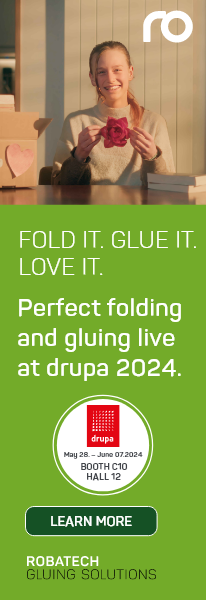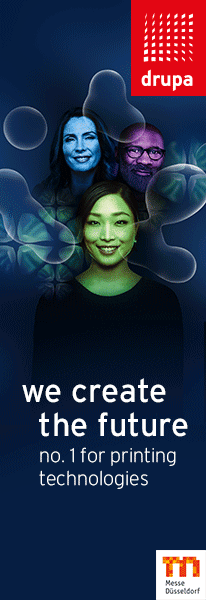Many brands and retailers could reduce the climate impact of their packaging up to 50% and avoid thousands of tonnes of carbon dioxide being emitted to air. The results are based on a large number of life cycle assessments performed by BillerudKorsnäs in a new tool that evaluates the environmental impact of different packaging solutions. The digital tool has received a warm welcome by customers and brand owners in their pursuit of reducing carbon emissions.
“Companies don’t realise how much they can reduce their carbon and fresh water footprint from packaging. It’s about optimising the packaging to the supply chain and choosing suitable raw materials. Normally just small adjustments are needed to get great environmental savings. This was the reason why we introduced a life cycle assessment tool, to provide our customers with environmental insights about their packaging. Most customers are surprised when they see the results and realise the potential savings,” says Johan Tegell, Business Development Director at BillerudKorsnäs.
Life cycle assessment is a technique used to assess the environmental impact associated with all the stages of a product’s life, from the extraction of raw materials through to processing, manufacturing, transportation and end-of-life treatment. Traditionally, performing one single life cycle assessment could take months of work due to the large amount of data that needs to be collected from the value chain.
The recently introduced digital tool contains an extensive database on different packaging materials, including data from BillerudKorsnäs’ own production. By selecting a number of parameters related to the packaging, such as material, size, production location, transport, and disposal method, it will show the total life cycle impact for carbon dioxide emissions and water consumption. At BillerudKorsnäs, the tool is mainly used to improve supply chain efficiency and environmental performance for customers with production in Asia. Customers can then use the information in their environmental communication and sustainability reporting.



